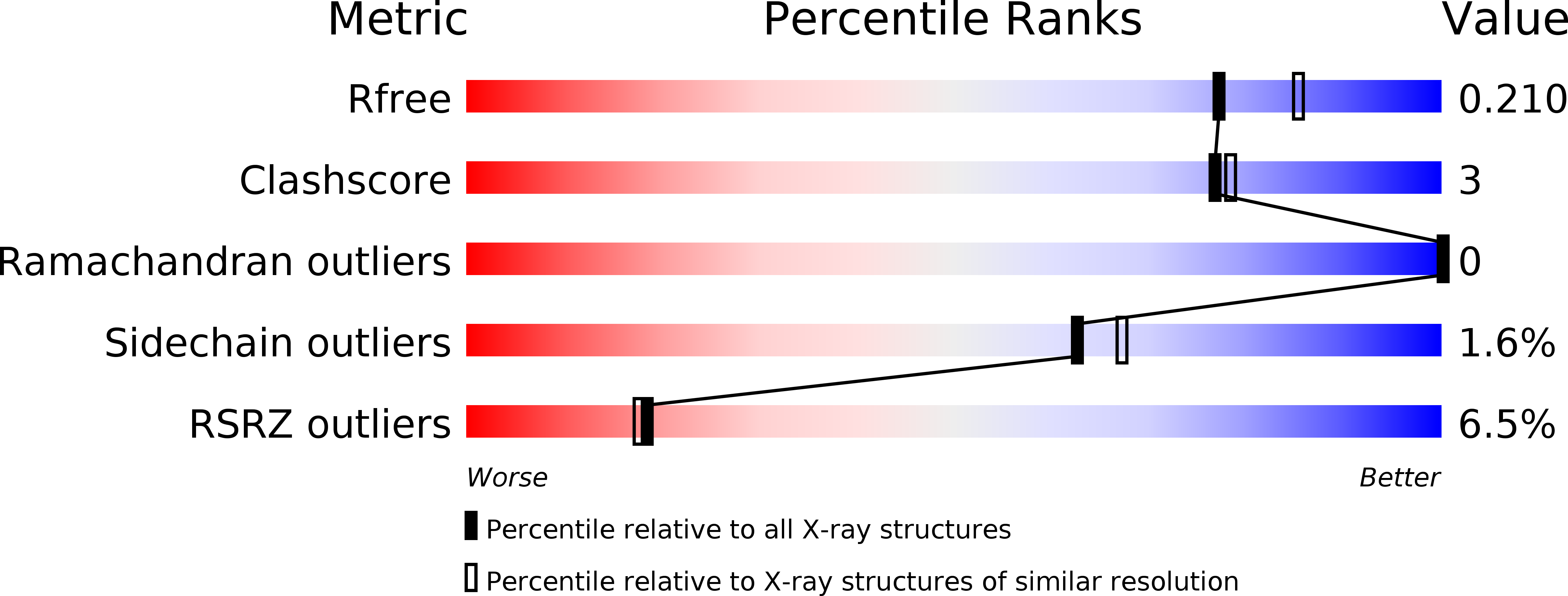
Deposition Date
2018-03-19
Release Date
2018-10-24
Last Version Date
2024-11-20
Entry Detail
PDB ID:
6CRK
Keywords:
Title:
Heterotrimeric G-protein in complex with an antibody fragment
Biological Source:
Source Organism:
Homo sapiens (Taxon ID: 9606)
Mus musculus (Taxon ID: 10090)
Mus musculus (Taxon ID: 10090)
Host Organism:
Method Details:
Experimental Method:
Resolution:
2.00 Å
R-Value Free:
0.20
R-Value Work:
0.17
Space Group:
P 2 2 21


